Malia Palace Archaeological Site: Origin, History, Tour Guide and Car Rental
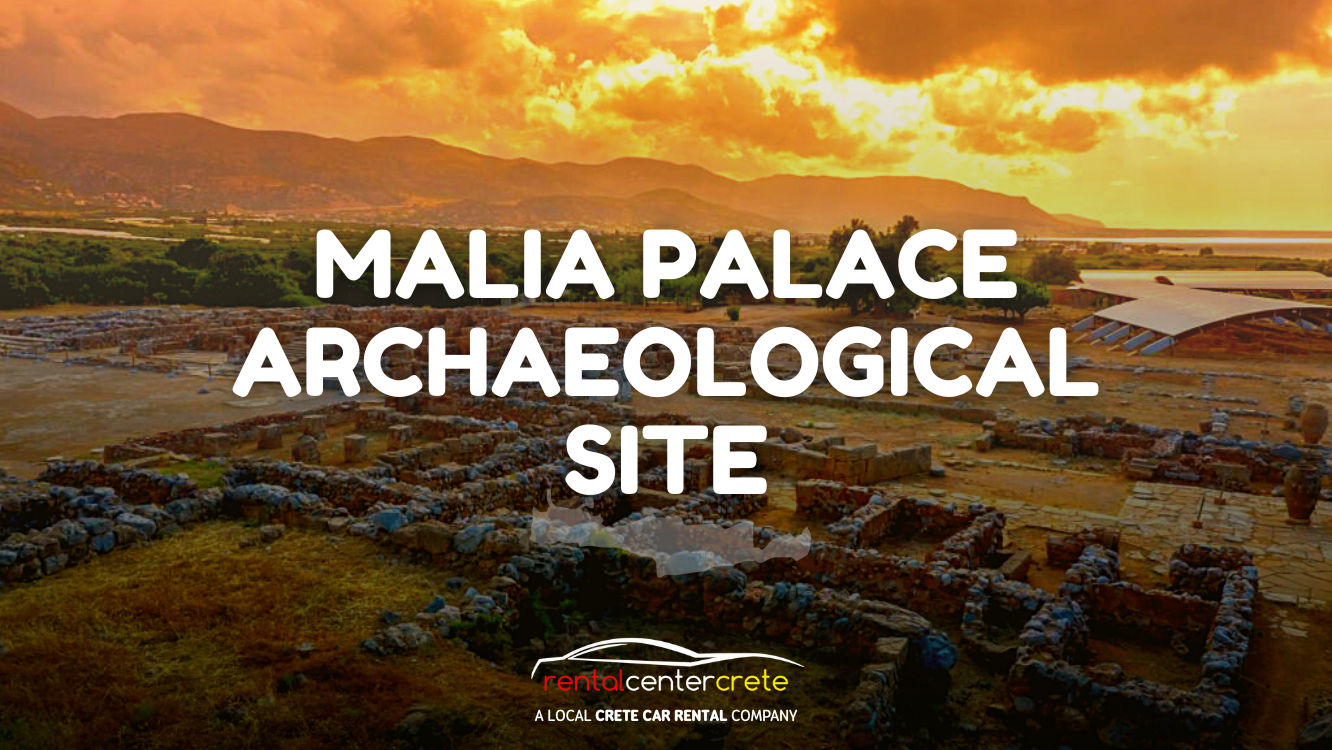
On Crete’s northern coast, in the Heraklion Regional Unit, is where you can find the Malia Palace Archaeological Site. It is the third-largest palace created during the Minoan time. In accordance with tradition, it served as Sarpedon’s residence. In history, Sarpedon is Minos’ younger brother. The French School of Archaeology resumed the systematic excavation of the palace itself and the Minoan city after the archaeologist losif Hatzidakis began the initial excavations in the early 20th century. Malia Palace Archaeological Site offers a unique historic experience as it is about 1900 BC when the palace was first constructed. Moreover, Malia Palace Archaeological Site has a footprint of 7,500 square metres and the design resembles the Palace of Knossos.
In 2018 alone, the island of Crete welcomed more than 5 million tourists. Tourists’ itinerary often includes the beach and the mountainous tours but of course, for a historic experience also visit archaeological sites such as Malia Palace Archaeological Site. For a more exclusive, organised, and time-worthy exploration on the island of Crete especially when visiting archaeological sites, a car rental in Crete is the best option. It will give you ample time to reflect and understand the culture, and appreciate the artefacts, and the palace itself. Malia Palace Archaeological Site offers the monuments of the Magazines, Kernos, and the Golden Bee Pendant which all carry purpose and role during the Minoan time.
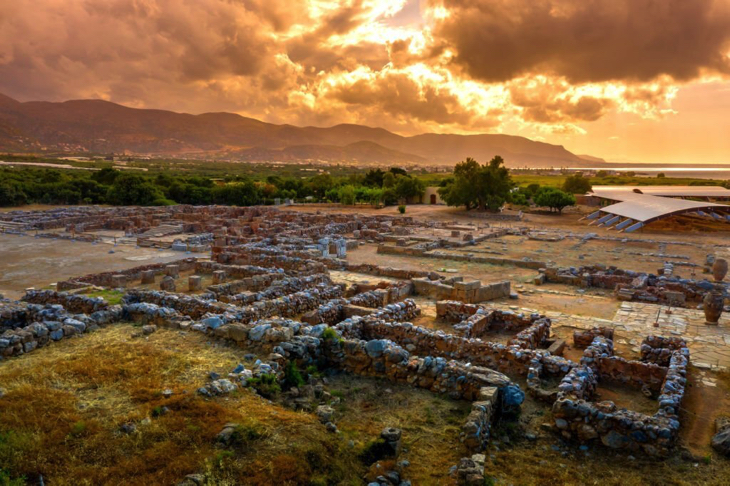
What is the origin of Malia Palace Archaeological Site?
Malia Palace Archaeological site has few remains from the Neolithic and early Minoan periods (6000-2000 BC) when the site was inhabited. When a new palace was constructed, the original palace, which had been constructed around 1900 BC, was destroyed. It suffered the same fate as Crete’s other palaces and was demolished around 1450 BC. After Knossos and Phaistos, Malia’s Palace Archaeological Site is Minoan Crete’s third-largest palace in terms of size. It is located in northern Crete on 7500 square metres at the edge of a productive valley close to Hersonissos. The seaside location of the palace played a significant role in the area’s transformation as a centre of culture for the prehistoric inhabitants. When it was first constructed, the entire island’s population was in the midst of a frenzy of development circa 1900 BC.
When was Malia Palace Archaeological Site founded?
Malia Palace Archaeological Site was founded around 1900 BCE. The Ephor of Ancient Monuments of Crete, Joseph Hatzidakis, began his exploration of the Palace of Malia in 1919 and made his discovery of it in 1915. Following the successful search of the Chrysolakkos Building in 1921, which resulted in the discovery of the renowned honeybees pendant, the French School in Athens joined the project in 1922. Under Fernand Chapouthier’s guidance and with significant assistance from Jean Charbonneaux, Pierre Demargne, Andre Dessenne, and Rene Joly, the palace was completely excavated during the extensive excavations that followed until 1936.
When is the Malia Palace Archaeological Site open?
The Malia Palace Archaeological Site is open from 8:30 A.M. until 3:00 P.M. One of the most important city-states in Crete was Malia. You may learn about the history of Crete by visiting the Malia Palace. Through continuous excavations, the Archaeological Site of Malia continues to make significant new discoveries and draw increasing numbers of visitors. You will undoubtedly be fascinated by it due to all of its monuments, history, and myths.

How much is the admission fee to Malia Palace Archaeological Site?
The admission fee to Malia Palace Archaeological Site is around €6 per person. One of the most significant ancient archaeological sites in Crete is Malia Palace. It provides an intriguing window into island-wide Minoan life. Numerous Minoan artefacts have been discovered through excavations, the most famous of which is the renowned gold bee pendant, which is now displayed in the Heraklion Archaeological Museum. The Quarter Mu workshops, the official apartments, and a colourful model reconstruction in the main lobby are further highlights.
How to get to Malia Palace Archaeological Site?
Malia Palace Archaeological Site is located in Malia, Crete. The latitude of Malia Palace Archaeological Site is 35.293156, and the longitude is 25.49293. For tourists who are not renting a car, there’s a direct bus that runs every 15-30 minutes from the Old Town Bus Station to reach Malia Palace Archaeological Site. The palace is located 3 km East of the town of Malia. East of Heraklion, Crete on the northern shore is where you will find the Malia Palace Archaeological Site. The Lasithi mountains are to the south.
What are the most important monuments in Malia Palace Archaeological Site?
Malia Palace Archaeological Site is the third largest of the Minoan palaces, measuring 7,500 square metres. Just like any other archaeological site, Malia Palace Archaeological Site offers historic importance by presenting monuments that are equally important and play a role in establishing Malia Palace as a must-visit archaeological site in Crete.
Listed below are the most important monuments in Malia Palace Archaeological Site.
- The Magazines: The magazines or storerooms are not used for goods intended only for local consumption but, mainly, used for export goods. These are small rooms on either side of a long, narrow corridor. Crosses, spirals, and other engraved symbols are vividly apparent on the magazine’s walls and pillars.
- Kernos: Kernos is a ceremonial offering jar employed in the ceremonies of first fruits because of the location where it was discovered.
- The Golden Bee Pendant: The bee pendant, which is schematically represented as a granulated disc and dates to 1700 BC, was found in a grave in the First or “Protopalatial” period cemetery at Malia.
1. The Magazines
The Magazines’ location indicates the importance of trade to the Minoans. The magazines or storerooms are not used for goods intended only for local consumption but are mainly used for export goods. These are small rooms on either side of a long, narrow corridor. Crosses, spirals, and other engraved symbols are vividly apparent on the magazine’s walls and pillars. These had a religious theme and reflected the sacredness that pervaded the Malia Palace.
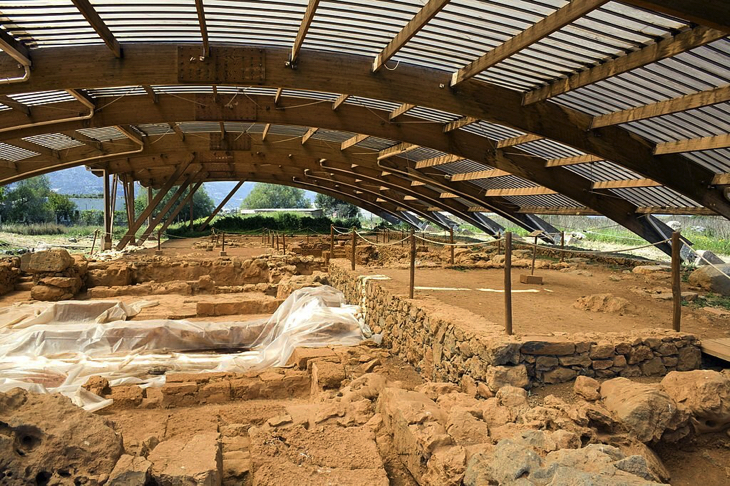
2. Kernos
The West Wing of Malia Palace Archaeological Site is where the renowned Malia kernos were found. This unusual object is a 0.90 m-diameter circular stone vessel, with 34 smaller hollows arranged around a larger hollow in the centre. Kernos is a ceremonial offering jar employed in the ceremonies of first fruits because of the location where it was discovered. The devotees filled the hollow in the centre with liquid for a libation to ensure a successful harvest while placing small amounts of the first harvest, primarily seeds and fruit, in the small depressions as an offering to the deity.
3. The Golden Bee Pendant
Two bees depositing a drop of honey into a honeycomb are shown in the famous gold bee necklace from the Malia Palace Archaeological Site, on the north coast of Crete. One of the finest and most elaborate pieces of Aegean Bronze Age workmanship, it is a masterwork of Minoan jewellery. The bee pendant, which is schematically represented as a granulated disc and dates to 1700 BC, was found in a grave in the First or “Protopalatial” period cemetery at Malia. With intricately sculpted bodies and wings, the two insects collide as their legs grip the honeycomb.
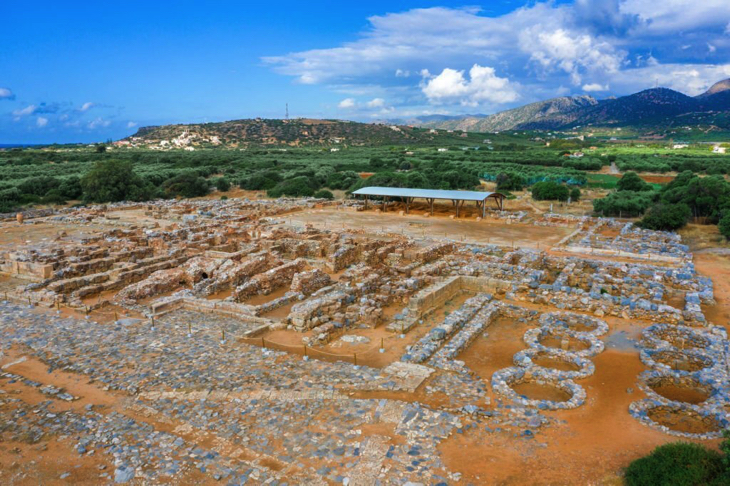
How is the preservation of the Malia Palace Archaeological Site?
Malia Archaeological Site is preserved well. Other than the Greek state taking the initiative to preserve and maintain the historic value of Malia Palace, an Archaeological Site. Together with the discoveries, and artefacts among others that are found through the different excavation and exploration, Malia Palace Archaeological Site is also recognised by the United Nations Educational, Scientific and Cultural Organisation (UNESCO). Thus, it assures the public that it is well maintained and preserved.
Do you need to book in advance to visit the Archaeological Site of Malia?
No, it is not necessary to book in advance to visit the Archaeological Site of Malia. Tourists may directly visit the Archaeological Site of Malia Palace without booking in advance since the entrance is also available for walk-in guests. However, for a more arranged and organised trip, you can book in advance to different booking platforms for the tours including a visit to the Archaeological Site of Malia or a. By doing so, you may secure your spot and arrange your visit to Malia.
Can you stay in Malia Palace Archaeological Site?
No, you cannot stay at Malia Palace Archaeological Site. The archaeological site is not open for an overnight stay. Malia Palace Archaeological Site is one of the best archaeological sites in Crete. It offers a great location for viewing both the mountains and sea of Crete. It also has a small building with reconstructions in miniature and photos from research best for learning and appreciating the history, and most importantly, it is easy to access. Since you cannot stay at Malia Palace Archaeological Site, it is best to consider staying in hotels and other accommodations. When visiting Crete and part of the itinerary is Malia Palace Archaeological Site, there are a lot of best Hotels to stay in Malia to choose from.
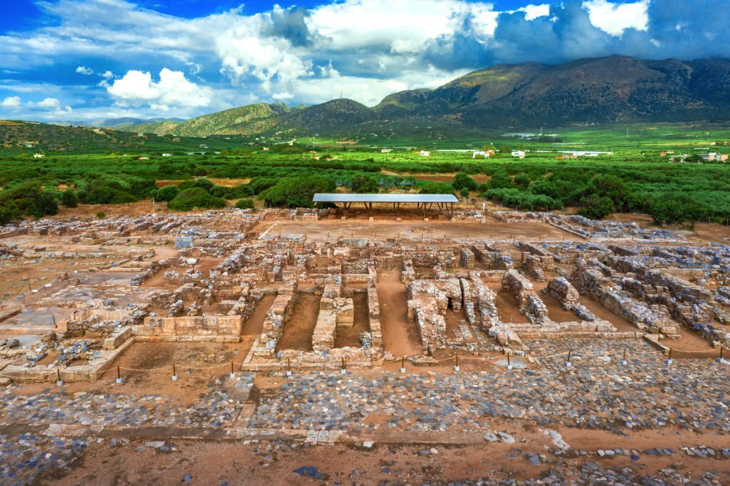
Do you need to rent a car to visit Malia Palace Archaeological Site in Crete?
Yes, renting a car is a necessity to get around Crete, especially when visiting Malia Palace Archaeological Site. Renting a car when visiting Crete is an advantage to go around the island and maximise time. There are tourist destinations in Crete that public transportation does not stop at. Public transportation sometimes only stops at the nearest station to these attractions, so tourists take a taxi to take them to their destination. Thus, Car Rental Crete should be considered when planning to visit the island, especially when planning to go around different archaeological sites such as Malia Palace Archaeological Site for a better experience, convenience, and appreciate the destinations by travelling exclusively.
What are the factors to consider before renting a car in Crete?
There are buses and taxis available that tourists can use to travel around Crete. But another type of transportation is Car Rental, which is a more private mode of transportation. Car rental, most of the time, is a must when going around and travelling in Crete. Tourists need a car for them to be able to reach tourist destinations they wish to visit. There are different car rental companies that tourists can opt to rent their car in Crete during their stay. It is a great option for those who want to have private transportation when going to their destination, especially during the pandemic.
Listed below are the things to consider before renting a car in Crete.
- Insurance: Make sure that the car has insurance that will cover the damage that may be caused by any possible accidents.
- Driver’s Age: To rent a car in Crete the driver should be at least over 21 years old and hold a driver’s licence for a least 12 months.
- Driver’s Gender: Some tourists can be picky regarding who will be their driver. The gender of the driver is one of the things that tourists consider, as many people believe that men are better drivers than women. In Crete both men and women can drive a car, as gender doesn’t matter.
- Car Type: There are different car types that are available to be rented. Each type caters to a different number of passengers and the amount of bags they can carry.
- Documents: Other than having a driver’s licence, a credit card or a debit card is a must to rent a car. A credit or debit card with the tourist’s name is needed to provide the rental car company guarantee.
How much does a car rental in Crete cost?
Car rental costs depend on how many days that car will be rented, the number of passengers, and the type of car that will be rented. A rental for a week can cost around €250. Day trips and night trips in Crete will cost about €30 to €40. It can be used for a week with unlimited mileage and four-seaters. The rental cars are manual transmission, air-conditioned, and have four doors. The rented car should be returned to the company with the same amount of fuel as at the start of the trip to avoid charges.
Last updated on July 3rd, 2024














